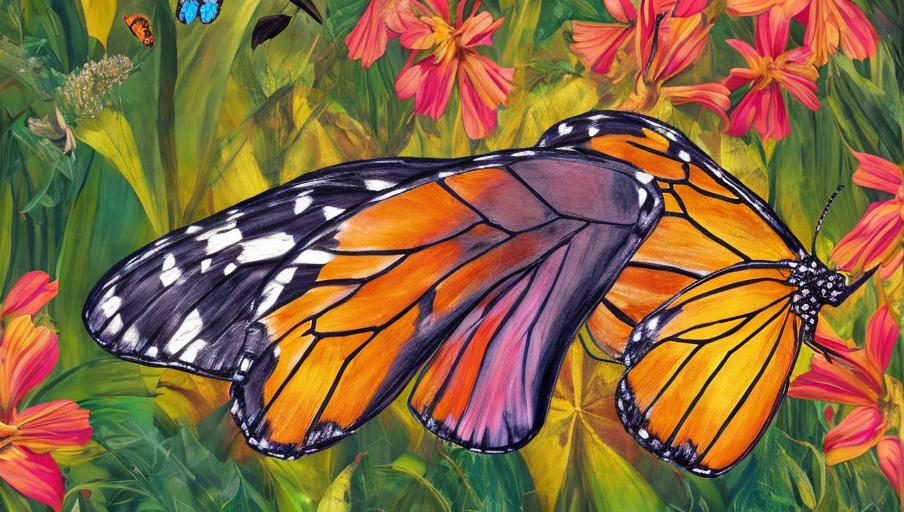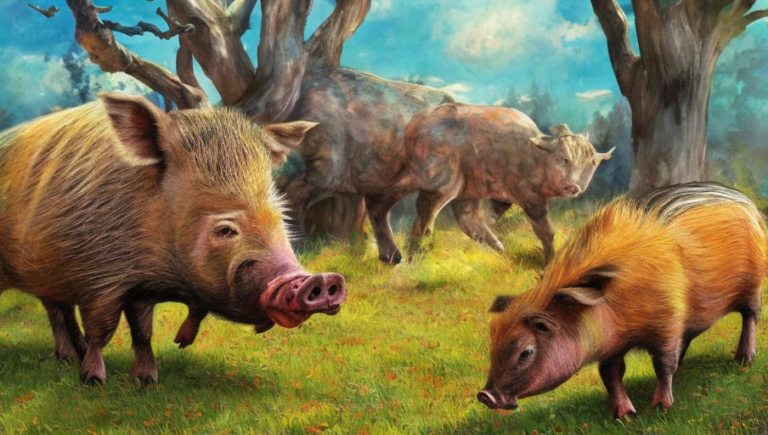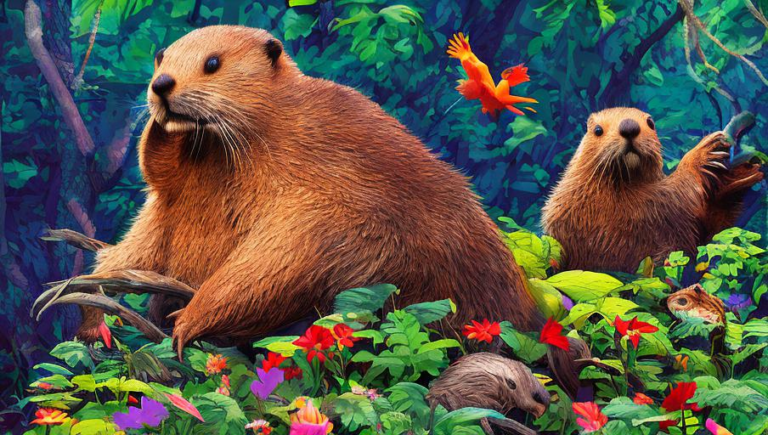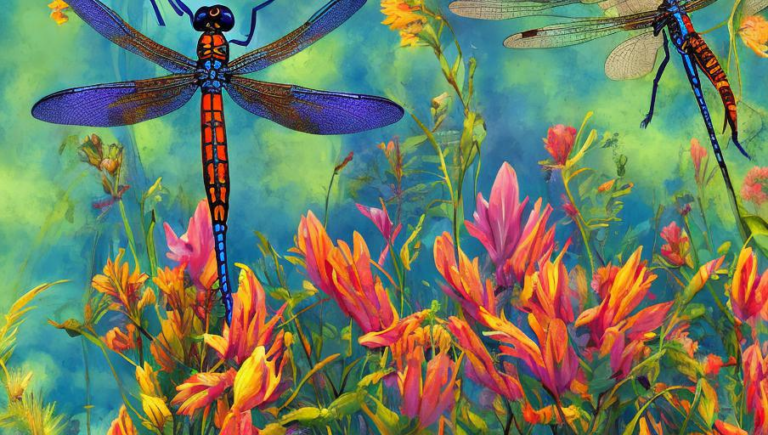Protecting Butterflies: What You Need to Know

The Life of a Butterfly
Butterflies are some of the most beautiful creatures in nature. They come in an array of colors and sizes, and often have intricate patterns on their wings. But there is much more to a butterfly’s life than its appearance. Butterflies have a complex life cycle that begins with an egg, then a caterpillar, and finally a chrysalis or pupa before emerging as an adult butterfly. During this process, butterflies rely on the environment for food, shelter, and protection from predators.
Threats to Butterflies
Unfortunately, butterflies are increasingly facing threats from human activity. From habitat destruction to the use of pesticides, humans are having a devastating impact on butterfly populations. Climate change is also having an effect on butterflies, as it disrupts their lifecycle, food sources, and habitats. Additionally, butterfly populations are being threatened by the introduction of invasive species, such as the gypsy moth, which can destroy their food sources and habitats.
Protecting Butterflies
Thankfully, there are several ways to protect butterflies. One of the best ways to protect butterfly populations is to create and protect their natural habitats. This can be done by planting native species of plants and trees in your yard or garden, or by providing resources such as nectar and shelter for butterflies. You can also help to reduce the use of pesticides and other chemicals that can be harmful to butterflies. Additionally, it is important to learn about and observe any invasive species that may be present in your area and take steps to prevent their spread.
Conclusion
Butterflies are an essential part of the world’s delicate ecosystems, and it is important to take steps to protect them. By creating and protecting natural habitats, reducing the use of pesticides and chemicals, and being aware of invasive species, we can all help to ensure that butterflies will be able to thrive for generations to come.





